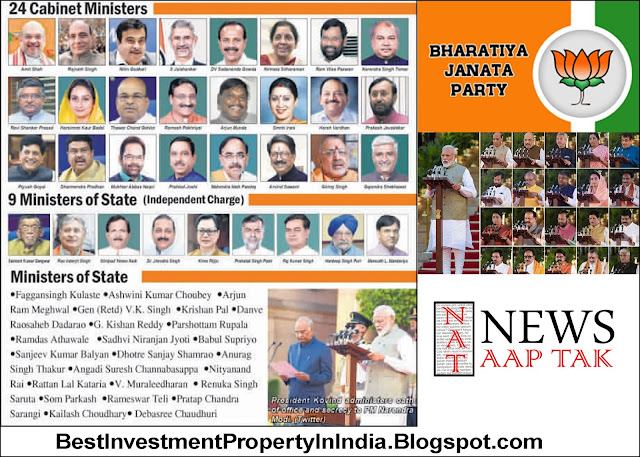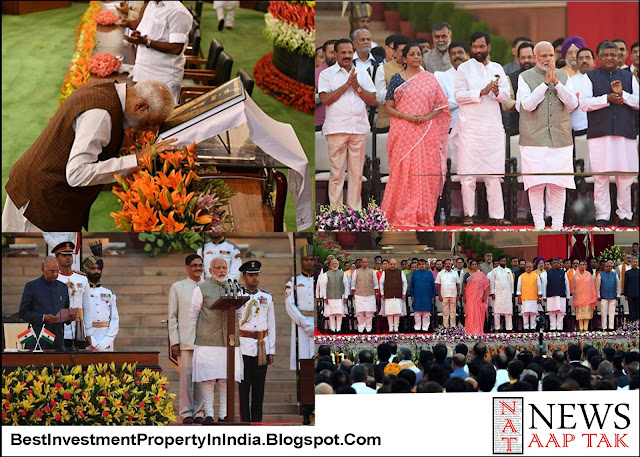Prime Minister Narendra Modi, along with 57 Ministers, took the oath of office at a grand swearing-in ceremony held at Rashtrapati Bhavan on Thursday.
The size of the event, however, was not the only thing that made news, with BJP president Amit Shah finally deciding to join the Union government, and former Foreign Secretary S. Jaishankar making a surprise entry into the Cabinet, among the top 10 Ministers.
The drama of the event was not restricted to those who did not make the cut from the last government — almost 22 Ministers have been dropped, including those who lost the election this time.
The Janata Dal (United), a constituent of the NDA, hogged the limelight, ironically, by keeping away because Bihar Chief Minister and party president Nitish Kumar demanded more berths than the single one being offered to every ally.
Prominent exclusions
The government formation was significant as much for those who took the oath as those excluded. The news that former External Affairs Minister Sushma Swaraj would not join the Union Cabinet was not apparent till she arrived for the ceremony and proceeded to occupy a front row seat among the guests.
Sources in the government said she had “opted out” and linked it to her decision — announced during the Madhya Pradesh Assembly election — that she would not contest in the Lok Sabha election.
Former Finance Minister Arun Jaitley also opted out on Wednesday, citing health reasons.
Other notable exclusions were former Agriculture Minister Radha Mohan Singh, former Women and Child Development Minister Maneka Gandhi, former Commerce Minister Suresh Prabhu, former Information and Broadcasting Minister Rajyavardhan Rathore, and former Minister of State for Civil Aviation Jayant Sinha.
Anupriya Patel, another ally of the NDA, was also dropped, with no reason given, though she won her Lok Sabha seat.
However, Republican Party of India’s Ramdas Athawale was accommodated without a single seat.
For party president

The most interesting exclusion was that of former Health Minister J.P. Nadda, who is tipped to be the next BJP president since Mr. Shah has joined the government. Fresh elections to the post are due later this year, and will be an interesting political event to watch out for.
The BJP practises a strict adherence to the one-man, one-post rule, but sources confirm that Mr. Shah may continue in both the Ministry and as party president till later in the year when his tenure (which was extended to cover the Lok Sabha election) ends and the inter-party process of election concludes.
In all, the Council of Ministers saw representation from 22 States, and an attempt to balance caste and regional equations.
Tribal, minority and backward and upper caste representation found a place in the coveted list.











0 comments:
Post a Comment